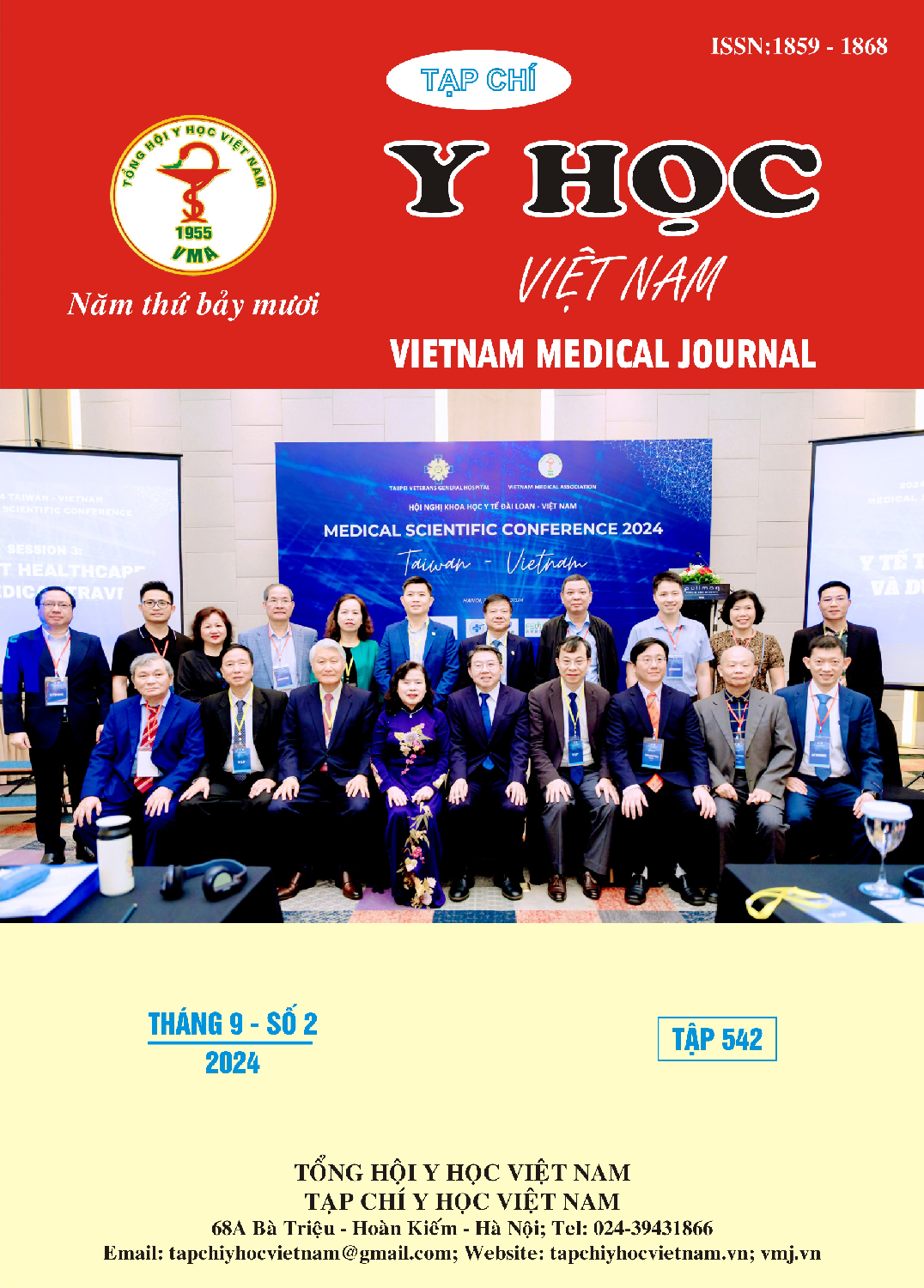KHẢO SÁT ĐẶC ĐIỂM CÁC HÌNH THÁI ĐẮC KHÍ KHI NHĨ CHÂM HUYỆT GỐI TRÊN NGƯỜI TÌNH NGUYỆN KHỎE MẠNH
Nội dung chính của bài viết
Tóm tắt
Mục tiêu: Khảo sát các hình thái đắc khí khi nhĩ châm huyệt Gối trên người tình nguyện khỏe mạnh. Đối tượng và phương pháp nghiên cứu: Nghiên cứu thực nghiệm bắt chéo có đối chứng trên 80 tình nguyện viên khỏe mạnh được phân bố ngẫu nhiên vào 2 nhóm: Nhóm nghiên cứu nhĩ châm huyệt Gối (nhóm A) và nhóm chứng giả nhĩ châm huyệt Gối (nhóm B). Sau khi thực hiện rồi kích thích huyệt mỗi 5 phút trong vòng 30 phút, khảo sát các hình thái đắc khí sau khi nhĩ châm 30 phút với thời điểm trước khi nhĩ châm. Kết quả: Khi nhĩ châm huyệt Gối ở cả hai bên, cảm giác nhức, đau, nặng, căng đầy và ấm là hình thái đắc khí phổ biến sau khí nhĩ châm chiếm > 50%. Kết luận: Khi nhĩ châm huyệt Gối ở cả hai bên, cảm giác nhức, đau, nặng, căng đầy và ấm là các hình thái đắc khí phổ biến sau khi nhĩ châm so với các cảm giác còn lại.
Chi tiết bài viết
Từ khóa
nhĩ châm, huyệt Gối, vùng gối, các hình thái Đắc khí.
Tài liệu tham khảo
2. He BJ, Tong PJ, Li J, Jing HT, Yao XM. Auricular acupressure for analgesia in perioperative period of total knee arthroplasty. Pain Med. 2013;14(10):1608-1613. doi:10.1111/ pme.12197.
3. Hui KK, Nixon EE, Vangel MG, et al. Characterization of the "deqi" response in acupuncture. BMC Complement Altern Med. 2007;7:33. doi:10.1186/1472-6882-7-33.
4. Lu FY, Gao JH, Wang YY, et al. Effects of Three Needling Manipulations of Zusanli (ST 36) on Deqi Sensations and Surface Myoelectricity in Healthy Participants. Chin J Integr Med. 2021; 27(2):91-97. doi:10.1007/s11655-020-3198-0.
5. Lu GW. Characteristics of afferent fiber innervation on acupuncture points zusanli. Am J Physiol. 1983;245(4): R606-R612. doi:10.1152/ ajpregu.1983.245.4.R606.
6. Shanghai Academy of traditional Chinese Medicine. Selections from Clinical and Basic Research on Acupuncture Anesthesia. Shanghai, China: Shanghai Publishing House; 1977.
7. Wang X, Fang J, Zhao Q, et al. Deqi sensations of transcutaneous electrical nerve stimulation on auricular points. Evid Based Complement Alternat Med. 2013;2013: 371543. doi:10.1155/ 2013/ 371543.
8. 王松林, 马力.许耳针结合运动疗法对脑卒中患者运动功能 的疗效观察,中国康复理论与实践. 2006,12(5):412-413.


